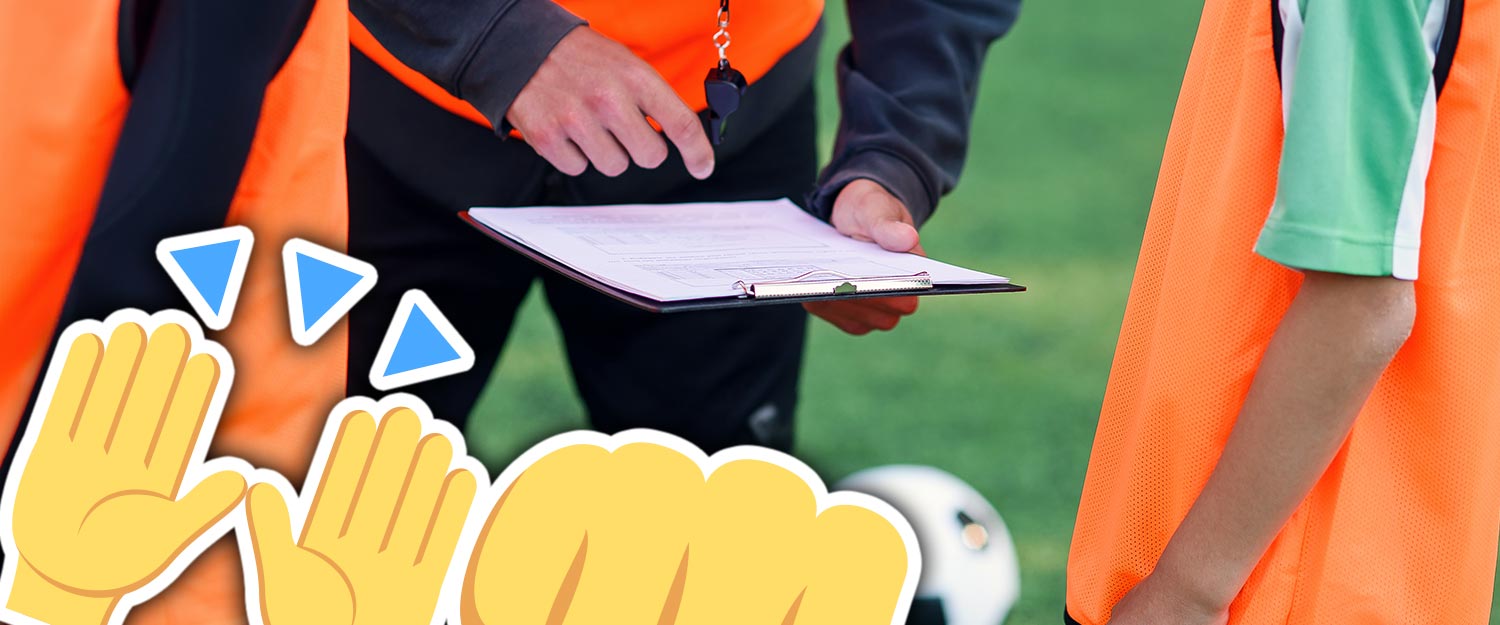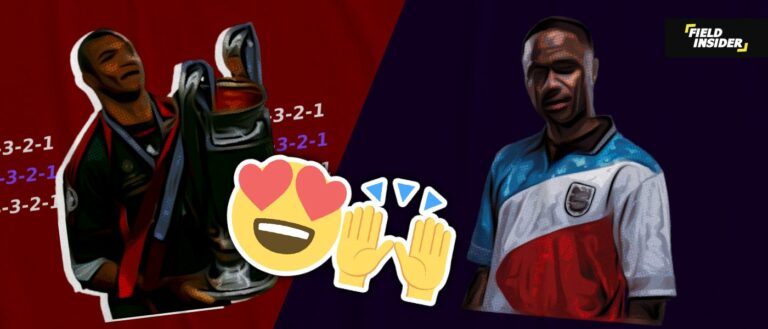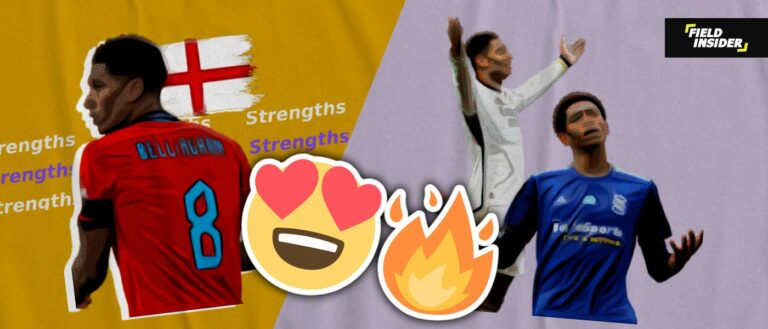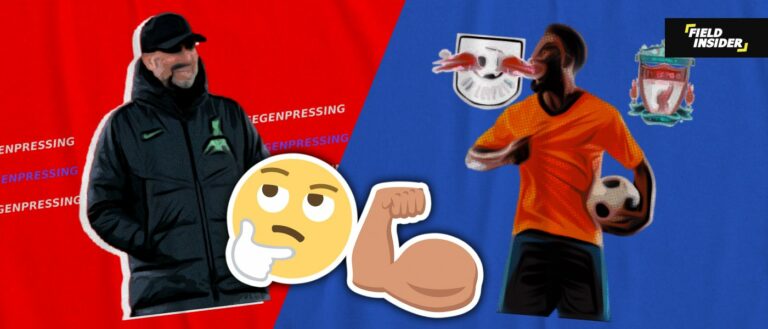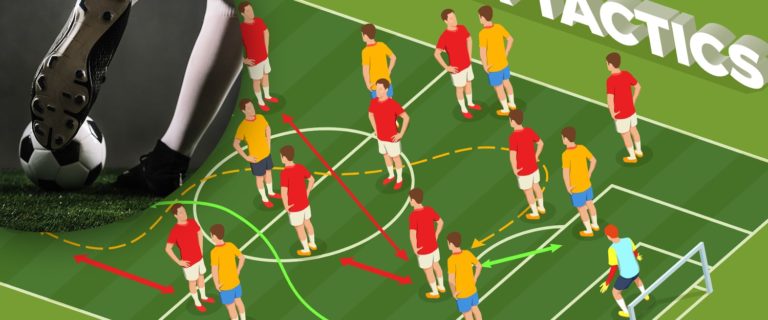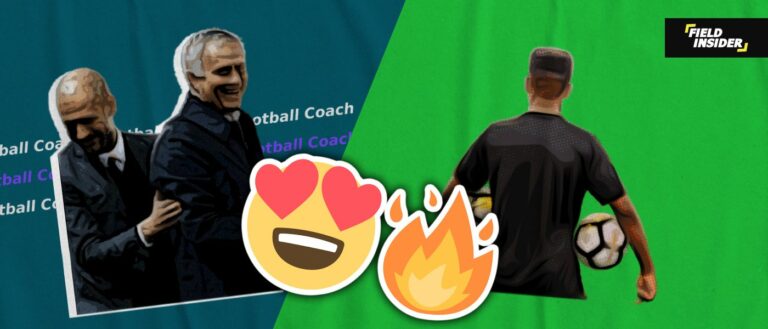9-A-Side Positions: Ultimate 2022 Guide
If you take a closer look at football and try to understand the dynamics and logic behind it, you will realise that football is a very discipline-based game. Everything in this beautiful sport works in harmony, rhythm, and discipline. There are specific roles for specific players, and the thing which makes it even more amazing is that all these specific roles complement each other. Today we will examine the 9-A-Side positions and how they support each other in different formations and games.
[powerkit_toc title=”Table of Contents” depth=”1″ min_count=”4″ min_characters=”1000″]
The chemistry of players and the cluster of positions make up football, that we watch so passionately. Quite interesting, right? Before we get to talk deeply about positions, we will discuss some fundamental aspects which provide the base for the classifications of positions in football. Didn’t get that? Read along, you will understand. It’s pretty simple.

FUNDAMENTALS OF 9-A-SIDE POSITIONS
It becomes easier and more convenient to understand a concept when you become familiar with the very foundation of it. And in this section, we are going to introduce you to the basics of football positions.
Every player in football, have some natural talent and tendency towards a particular portion of the game, some are better at attack and finishing while others are good playmakers and similarly some players have excellent defensive qualities. That keeping in mind, there are three foundations of soccer positions or we say, a potential player can only belong to one of these 3 aspects of the game:
- DEFENSE
- MIDFIELD
- ATTACK
Clear? Shall we move on? Great! Now, since you’re aware of the foundation, if you’re not? Then read the three points above again because all the positions we will talk about in a few moments will always fall to one of the three areas mentioned above.
11-A-Side positions are not very different from the 9-A-Side positions, because it’s a very close version of the former. Let’s get straight to our topic:
DEFENSIVE 9-A-SIDE POSITIONS
In a 9-A-Side football team or any other football team, there are two types of defensive positions. One is the goalkeeper and the second is the defence line of the team. The number of players in the defence line depends upon the tactics and approach used by the coach or in simple words, the formation of the team. It’s a relative relation, if a team has a defensive approach towards the game, then the coach might deploy a greater number of defenders in the defence line.
Defenders are there to nullify the chance of opposition’s goals and they play behind the midfielders. Since the role of the goalkeeper is crystal clear to almost everybody, we will move on to defining the possible defensive positions in a very concise manner.
CENTRE-BACKS
As it is obvious from the name, the Centre-backs play at the central area of the defence and their core job is to avoid the penetration from the opposition attack. Centre-backs are important for basic defensive strength and they’re kind of necessary in every formation, especially in the 9-A-Side format. Usually, there are two Centre-backs in common formations, they play close to the goal-keeper and in some tactical ideas, they also contribute massively in the attacking build-up.
Most of the time, the Centre-backs are strong, tall, and have excellent aerial abilities, they’re very use-full for defending the corners and also take part in the set-pieces of their team. In 9-A-Side, formations like 2-3-2-1 or 2-4-2 show the defensive importance of the Centre-backs. An indispensable aspect of defence.
FULL-BACKS
The second position and also an important position in defence is the full-back. There are two full-backs, often referred to as the right-backs and left-backs. They’re present at either side of the Centre-backs. The role of full-backs is a very crucial one, they’re the ones responsible for the flanks. Full-backs mark the wingers of the opposing team so the opposition can’t exploit the width of the pitch.
Simple it is. But there’s a little concept more to it. Today, in football, the full-backs are called left and right backs respectively but they often work as Wing-backs as they provide support on the flanks in the attacking build-up too. That makes them more offensive and they don’t stick to deep areas of the pitch only. In 9-A-Side, wing-backs, or shall we say full-backs, can be very useful if you choose the formations like 3-4-1 or 4-3-1 as they will provide a lot of width and simultaneously, they will also be useful in the defense. For this purpose, formations like 2-1-3-1-1 can also be used where the wide midfielder can also act as the wing-backs.
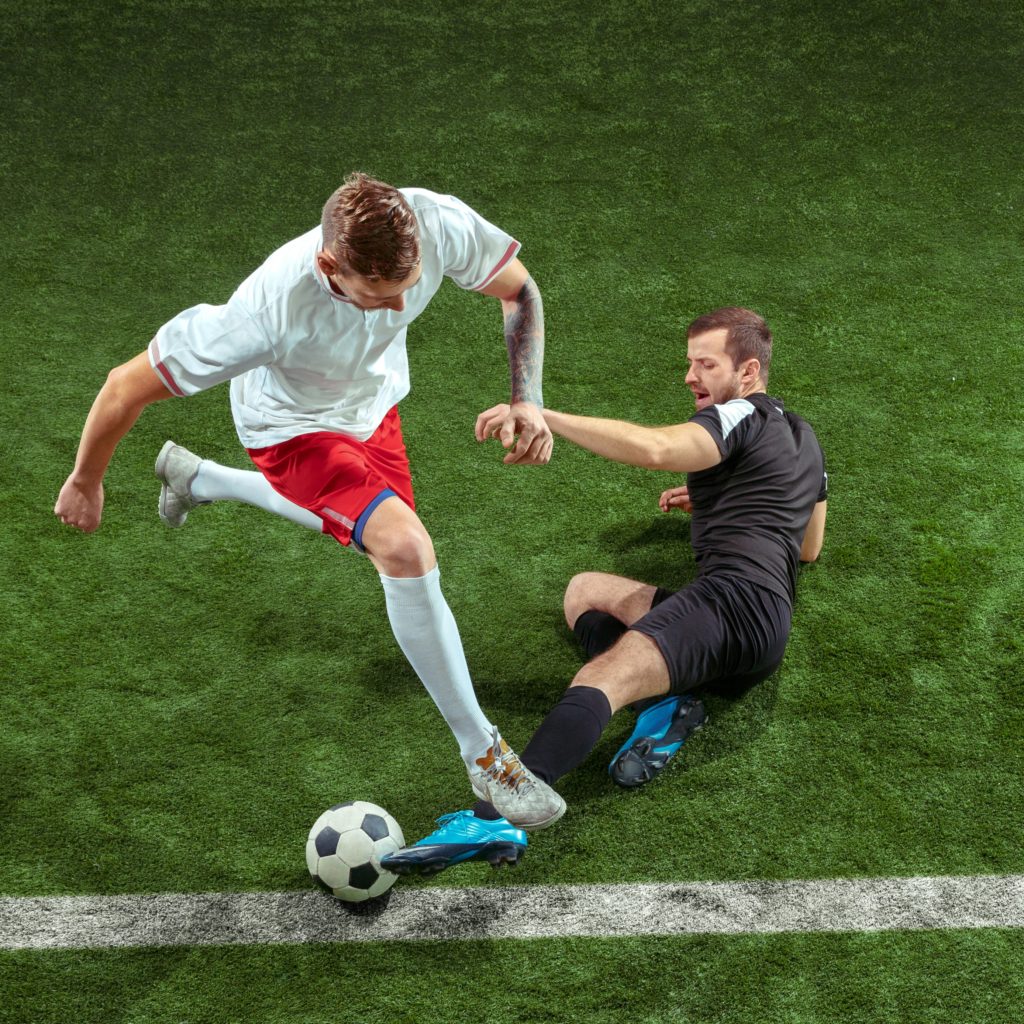
MIDFIELD 9 A-Side Positions
Midfield is certainly the most versatile area of the formation; they are supposed to support both attack and defense. They act as the bridge between the attackers and defenders. Also, midfielders help to break the rhythm of the opposing team.
Here are the types of midfielders:
DEFENSIVE MIDFIELDERS
As it’s obvious from the name, Defensive midfielders are defense-oriented. As they help the defense while other members of midfield stay high on the pitch. DMs occupy a very pivotal role in the team as they influence the tempo of the game. A DM should be a great distributor of ball with a complete positional sense of his/her teammates. For example, in 2-3-2-1 formation, the defensive midfielder plays a very important role and sits at the front of the two Centre-backs to provide more defensive depth.
ATTACKING MIDFIELDERS
Contrary to what DMs do, an attacking midfielder assists the attack of the team and make it more fluid by their exceptional playmaking and technical abilities. Yes, that’s what an attacking midfielder should be capable of. Attacking midfielders usually pay as trequartistas or if we say in simpler terms, they play as number 10.
Usually, they are the gifted players with supreme talent as they play between the attack and the midfield, the most creative areas of a formation. In 2-3-3, the central midfielder can act as an attacking midfielder by playing more offensively. You can also get the example for your number 10 from the formations like 3-3-2, where the attacking midfielder help the two attackers and feed them with great goal scoring opportunities
WIDE MIDFIELDERS
You read the name? You would have an idea about the Wide midfielders’ role by only reading the, let’s put some light to it. Wide midfielders are there to provide width, they are more attack-oriented. They should be fast and should have the talent to break through the opposition’s defensive lines. In modern football, wide midfielders are also called the wingers as they contribute to the attack from the flanks. Yeah, simple as that.
CENTRAL MIDFIELDERS
Now we’re going to talk about the true playmakers in your team, the ones who start the attacking initiatives and distribute the ball towards the attack, as they link the defence with the attack. That’s the core responsibility of the midfielders to provide fluid ball distribution and movements between the different areas of the pitch, and this core responsibility massively depends on the central midfielders. For a practical example, you can study the formations 3-2-3 or 2-4-2, where central midfielders play the most important role.
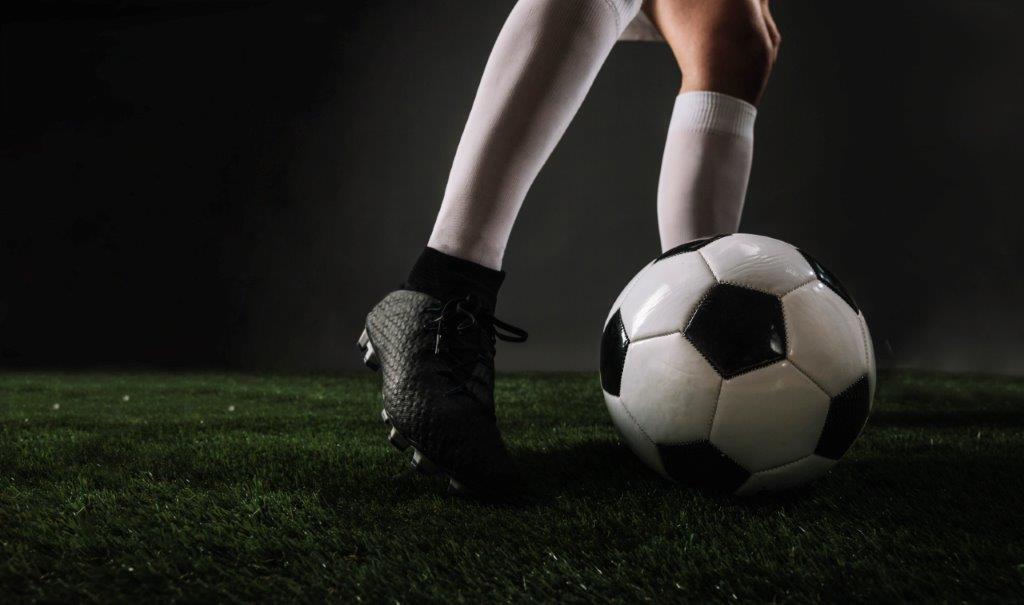
ATTACKERS 9-A-SIDE POSITIONS
Now we’re talking, the attackers or most offensive players of the team have very simple tasks and duties to perform; to attack, and to score the goal. It’s easy to say, but it’s difficult to do so. There are certain types of attackers, we will discuss them below so you can understand how attackers can perform their attacking duties more effectively and productively:
- STRIKER/CENTRE-FORWARD: A striker or Centre-forward is the most upfront player of any attacking team, whose sole task is to score the goals only. However, with technical abilities, a good physique, and fair height should also be the factors in your ideal striker’s checklist.
- WINGERS: Yes, we’ve talked about them before too, but it’s necessary to mention wingers in the attacking dynamics because they are really important as they’re responsible for the team’s width. They should be fast, as we told you before, and also very good dribblers so they can penetrate through the opposition’s defense and create opportunities for the Centre forward and other teammates through crosses and key-balls.
- SHADOW STRIKER: You may have heard this term for the very first time but you have watched shadow strikers before. Let us make things easy for you. Remember we talked about number 10s or trequartistas in the midfield section above? A shadow striker is simply the more offensive version attacking midfielder who operate near the box and distribute the ball and create scoring opportunities during the attacking build-up. In 9-A-Side positions and formations, you can get the idea about shadow striker in the 2-1-3-1-1 formation, do you notice that offensive player behind the striker? That’s what we’re talking about. Clear are we?
CONCLUSION
Ah, here we go again! As much as we hate to go, but we have to conclude. These were some general 9-A-Side position and their complementary formations. We hope that you’ve learned something new about the beautiful game today, if yes, then there’s nothing better than that. If we have missed anything that you want to add, hit us in the comment sections. Discussion is healthy, isn’t they?
See you with the next blog, keep reading, keep supporting!


